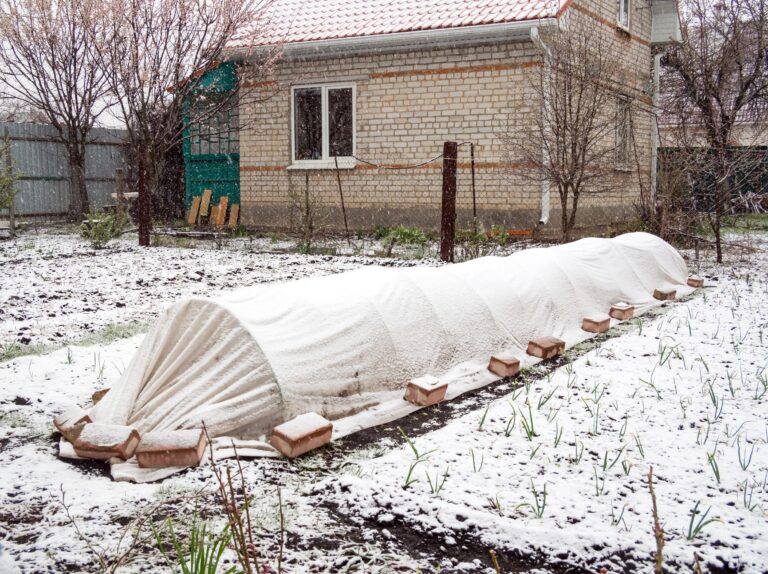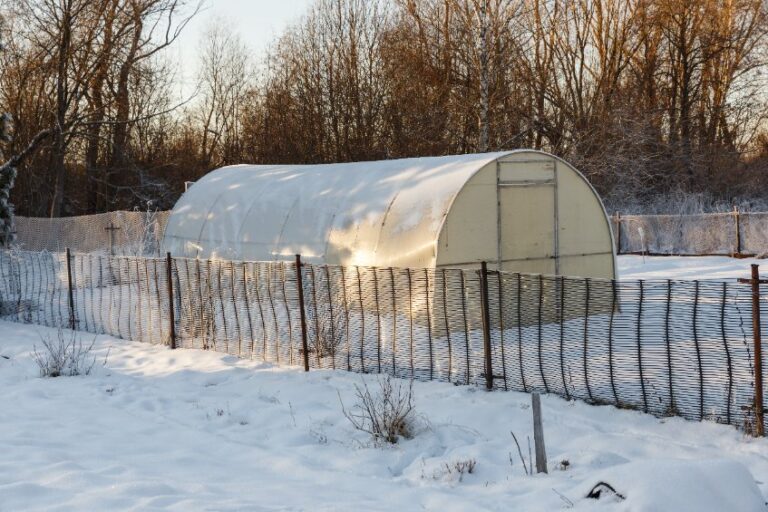Even if you are not growing a winter garden, you can still do plenty of winter garden tasks. Winter garden chores can be split into planning and chores. Planning Winter is an excellent time to plan your next year’s garden. Planning your garden is split to into these steps. Inventory Before you list things…
Winter Garden
What to Plant in your Fall or Winter Garden
Tending a fall or winter garden can give you a new appreciation for usually bitter vegetables. Cool-weather crops react to frost by making more sugars resulting in deliciously different-tasting harvests. Not sure what to plant for a cool-weather garden? Beets, Carrots, Rutabagas, and Other Root Vegetables Many of these veggies thrive in cold weather….

